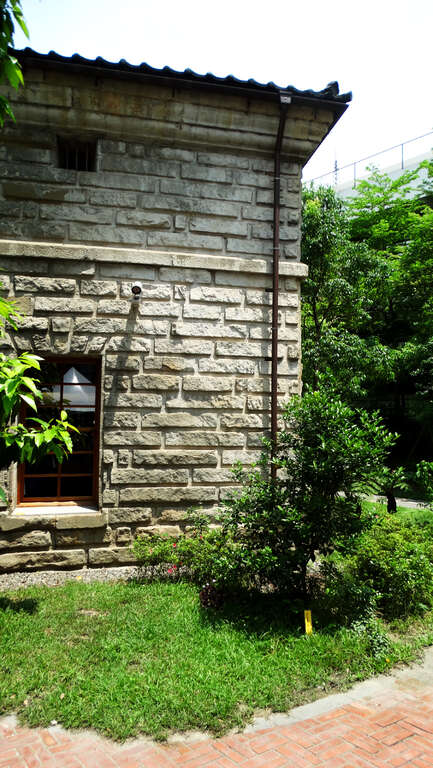National Taiwan Museum - South Gate Branch Introduction
The Taiwan Governor-General's Office during the Japanese era established a monopoly on opium in 1897 and gradually included camphor (1899), salt (1899), tobacco (1906), and alcohol (1922) into the monopoly business. The "Taiwan Governor-General's Monopoly Bureau Taipei South Gate Factory" was established in 1899, serving as an important production base for the manufacturing and testing of camphor and opium, the two major monopoly products. It was renamed South Gate Factory in 1901 and later changed to Taipei South Gate Factory in 1931, making it the only public camphor processing plant in Taiwan during the Japanese era. After the war, this factory was taken over by the government, and following the 228 Incident in 1947, Taiwan's monopoly (public sale) business was reduced to just tobacco, alcohol, and camphor. In 1952, this factory was renamed Taiwan Provincial Camphor Refinery and again changed to Taiwan Provincial Camphor Factory in 1956. In December 1967, camphor was opened to private enterprise, and the factory was subsequently shut down. Today, the existing buildings include the storage warehouse (Little White House), camphor warehouse (Red Building), and a 400-shaku water storage tank, with the current site area being less than one-eighth of that during the Japanese rule. In 1998, the South Gate Factory was designated as a national historic site by the Ministry of the Interior. Starting in 2004, the National Museum of Taiwan, in conjunction with the Ministry of Culture (originally the Cultural Construction Commission of the Executive Yuan), initiated the Capital Cultural Park project to reorganize historical spaces in the city for reuse as museum spaces. In 2006, the land and buildings of the factory were handed over to the National Museum of Taiwan by the National Property Administration, and the historic buildings were repurposed into an exhibition hall with a new collection storage building constructed, designed by the architectural firm of Jan Yi-Chung. The restoration process of the factory resembled an anatomical study of architectural history, involving cooperation among various professional fields such as architectural design, structure, mechanical and electrical equipment, preservation, archaeology, traditional crafts, history, and engineering.











